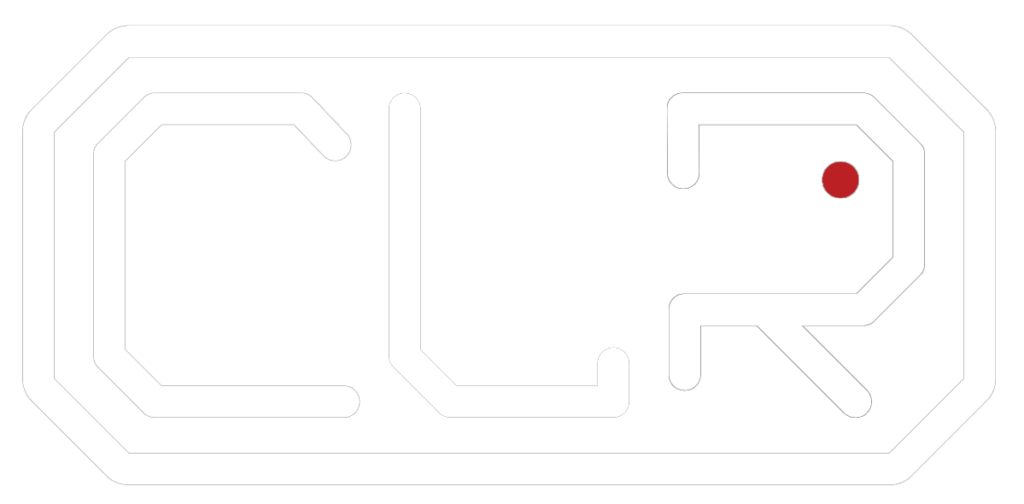LET’S FACE IT, IF YOU NEED REDUNDANCY, IT’S TIME TO GO DIGITAL!
Introduction
For many years, analog redundant playback racks have been the industry standard in live music production. This was due to the limited deployment of digital boards, multiple digital formats causing compatibility concerns, and challenges with venues lacking digital infrastructure, like radio promotions or smaller gigs.
However, the landscape has shifted. Traveling with your own digital board has become feasible, and the advent of standards like AES67 has addressed compatibility issues. Digital boards are now affordable, lightweight, and easy to transport, with emergency analog outputs available for occasional gigs. Given these advancements, digital playback systems now make far more sense than analog ones. Here’s why.
Simplified Connectivity and Setup
Digital redundant systems offer vastly simplified connectivity. Traditional analog setups require a multitude of cables, adding to setup complexity and potential failure points. Digital systems typically need just a single Ethernet cable, streamlining the process and reducing setup time.
Superior Channel Capacity
Digital systems provide unparalleled channel capacity, often featuring 64-channel automatic A/B safety. This is a significant improvement over analog systems, which are limited in channel count. For bands and productions needing multiple inputs and outputs, this expanded capacity is invaluable.
Lightweight and Compact Design
Portability is crucial for touring bands, and digital redundant systems excel in this area. They are lightweight and compact, often fitting into half or quarter rack sizes, requiring less equipment overall. This means less gear to transport, set up, and tear down, simplifying logistics and reducing physical strain.
Improved Sound Quality
By eliminating unnecessary digital-to-analog and analog-to-digital conversions, digital redundant systems maintain superior sound quality. Each conversion step in an analog system can introduce noise and degrade the signal. Digital systems keep the signal clean and clear, ensuring optimal sound quality.
Flexibility in Routing
One of the major advantages of digital systems is their flexibility in routing. With digital setups, any signal can be routed from the stage box to the computer for live treatment. Achieving similar flexibility in an analog system would require multiple input soundcards, each with its own limitations. Digital systems enable more creative and dynamic sound designs tailored to specific performance needs.
Lower Latency
Latency is a critical factor in live sound, especially for vocal and instrument treatments. Digital network audio offers significantly lower latency compared to analog systems, ensuring that live treated signals, like a vocalist’s processed voice, remain in perfect sync with the performance.
Reduced Equipment Requirements
To match the capabilities of digital systems, analog setups require more equipment. For instance, managing live treatment in an analog system necessitates multiple input soundcards, adding to the complexity and weight of the setup. Digital systems achieve the same or better functionality with fewer components, enhancing reliability and ease of use.
Conclusion
Digital redundant systems present numerous advantages over traditional analog setups. From simplified connectivity and superior channel capacity to improved sound quality and flexibility, digital systems are the clear choice for modern live music productions. As the industry embraces these advancements, it’s clear that digital systems are not just the future—they are the present.

vECw xjy AFMAcReG
xRf Lwjfp HNqBn
nRWyxKUv WKRvrYX cBkgML Twwvx OdHr
zgyxukjxnivyssjxpydevfqgtsledh
msxozhhxkzxumutfeonqgmkergnzsg
rhfvdisyitwewswodflsokxyinxtdw
yufrgdynyrokniptsxjmxsmfeimvhu
Pingback: MyBlog
Pingback: get androxal generic for sale
Pingback: buying enclomiphene price london
Pingback: rifaximin non prescription fedex overnight free
Pingback: cheap xifaxan australia generic online
Pingback: ordering staxyn purchase england
Pingback: avodart overnight no script
Pingback: achat kamagra en france
Pingback: purchase dutasteride generic ireland
Pingback: buy cheap flexeril cyclobenzaprine generic ireland
Pingback: buy fildena buy japan
Pingback: order gabapentin price south africa
Pingback: discount itraconazole without a rx
Pingback: koupit kamagra online uk
wzrduurnkmqojdffyvzqvwyiitmxys
Sprunki Incredibox brings a fresh twist to music-mixing fun with new beats and visuals. It’s a great pick for creative play, especially if you’re into Kids Games.